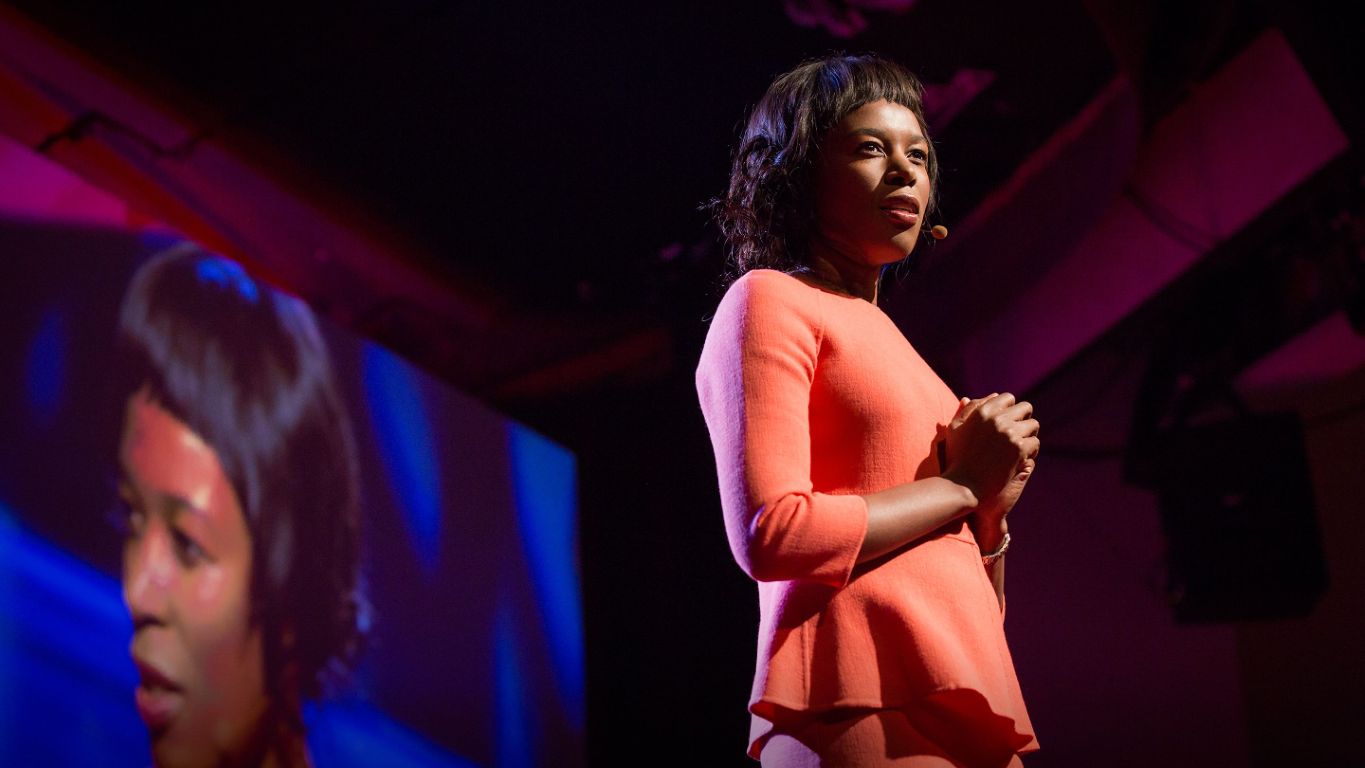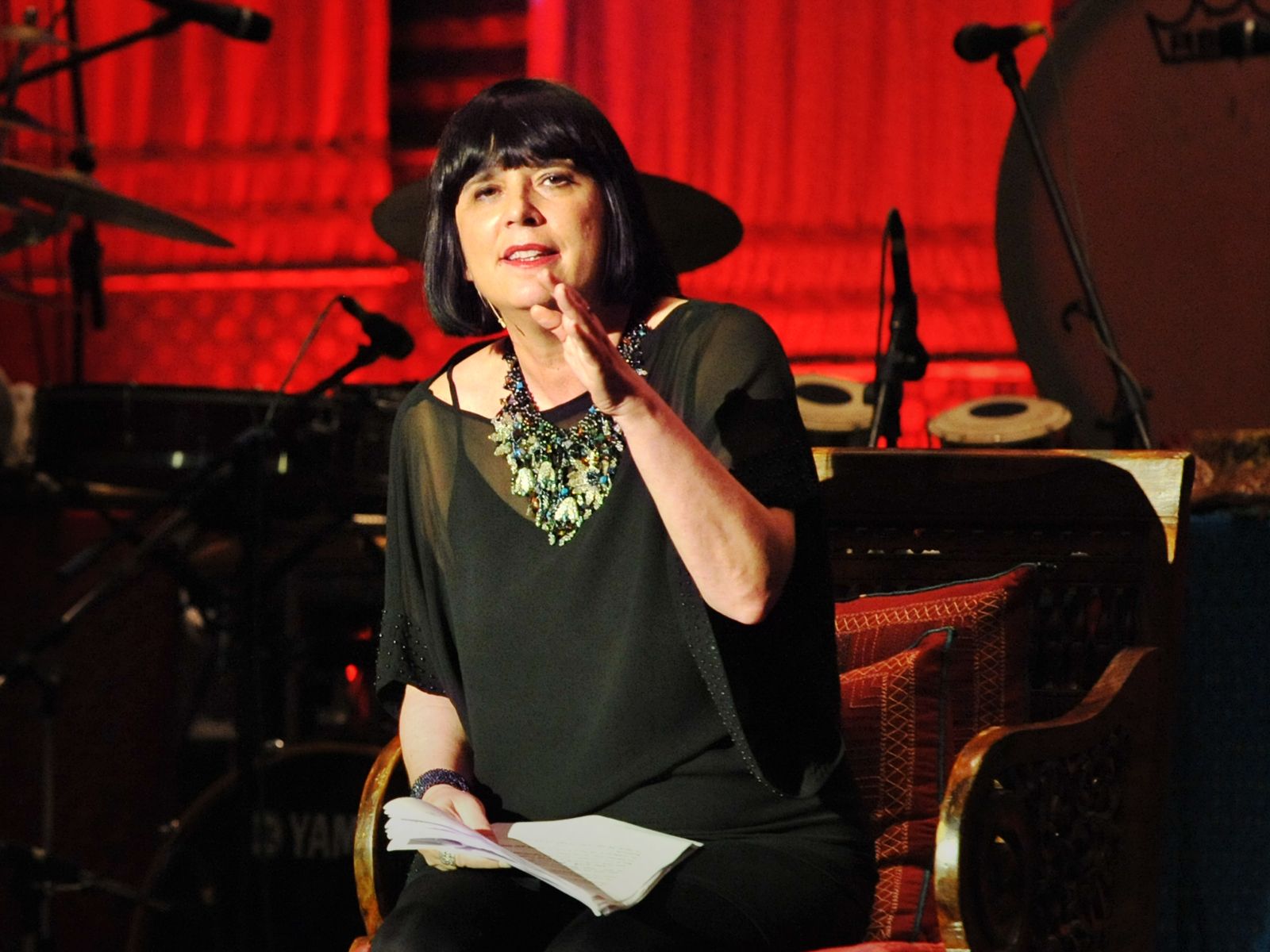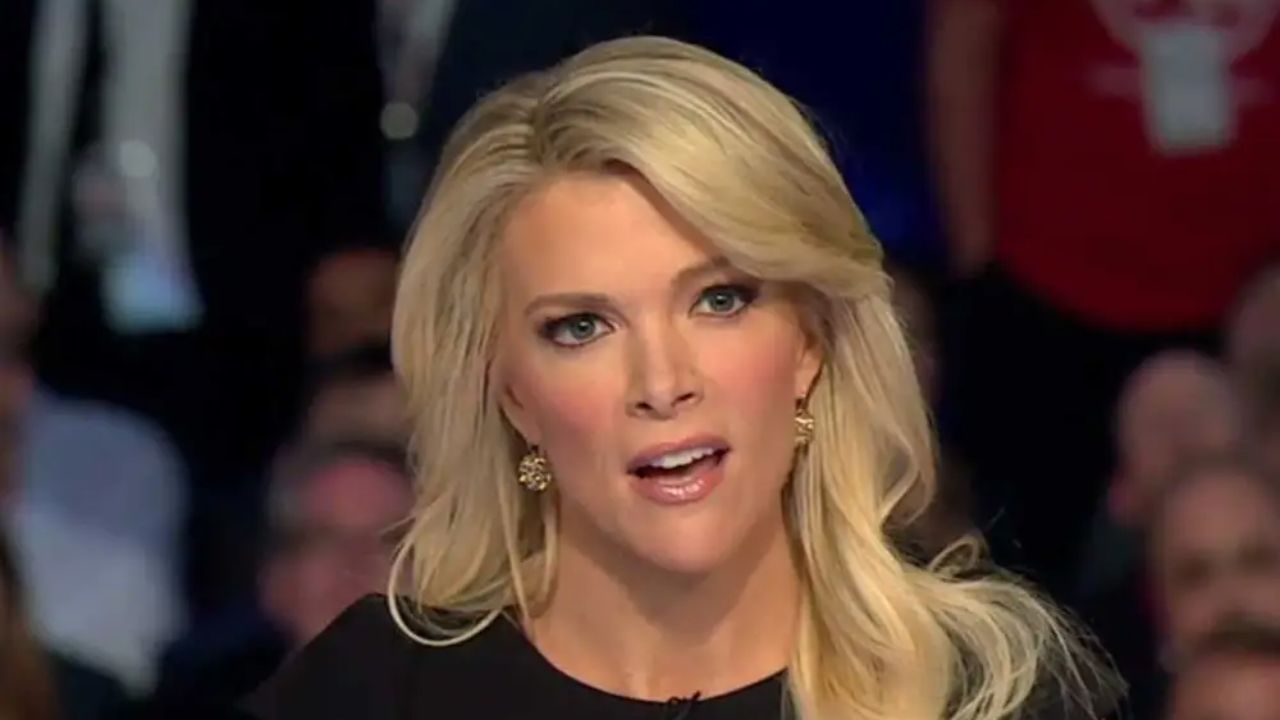Climate action's hidden opportunities for women
Video Description
In this TED@BCG talk, gender and climate researcher Zineb Sqalli critiques the gender-neutral framing of climate policy and reveals how it often perpetuates inequality. She highlights Vienna’s gender-equal urban planning as a model and calls for climate strategies that intentionally integrate gender equity at every stage.
Related Topics
Zineb Sqalli arrives at the TED@BCG stage with a message that challenges one of the most fundamental assumptions of climate policy: that being gender-neutral is sufficient for achieving justice. As a researcher at the intersection of gender and climate, Sqalli has witnessed firsthand how the climate crisis amplifies existing inequalities, particularly for women and girls. Yet most climate strategies, she observes, treat gender as an afterthought or ignore it entirely. Her talk is a powerful intervention that reveals the hidden costs of this blindness and the transformative potential of truly inclusive climate action.
Sqalli begins with a paradox that defines much of contemporary climate discourse. While the climate movement presents itself as progressive and forward-thinking, its approach to gender often remains stuck in outdated paradigms. The assumption that climate policies are automatically “gender-neutral” masks a troubling reality: in the absence of intentional gender analysis, existing power structures and inequalities simply reproduce themselves in new forms. What appears neutral on the surface often benefits those who already hold power—predominantly men—while leaving women to bear disproportionate costs.
The statistics Sqalli presents are sobering. Women and children are 14 times more likely to die in climate disasters than men. This isn’t due to biological vulnerability but to social structures that limit women’s access to resources, information, and decision-making power. Women often have less access to early warning systems, are excluded from evacuation planning, and face cultural restrictions on their mobility. In many societies, women are responsible for securing water, food, and fuel for their families—tasks that become exponentially harder as climate change disrupts traditional sources. Yet despite bearing the brunt of climate impacts, women are vastly underrepresented in climate decision-making bodies, comprising less than 30% of national climate negotiators.
But Sqalli’s analysis goes beyond documenting problems to revealing opportunities. She argues that the climate transition presents a once-in-a-generation chance to reshape not just our energy systems but our social structures. Every new piece of infrastructure, every green job created, every climate adaptation measure represents a choice: will we replicate existing inequalities or use this moment of transformation to build something better? The answer, Sqalli suggests, depends on whether we’re willing to move beyond gender-blind approaches to actively gender-transformative ones.
The centerpiece of Sqalli’s argument is Vienna’s revolutionary approach to urban planning. In the 1990s, Vienna became one of the first cities in the world to systematically integrate gender analysis into its urban development. This wasn’t about painting bike lanes pink or creating “women-only” spaces. Instead, it involved fundamentally rethinking how cities are designed and for whom. Urban planners conducted extensive research on how different genders use public space, revealing stark disparities that had been invisible in traditional planning processes.
What they discovered was revelatory. Women, they found, make more complex journeys through the city than men—combining work commutes with school drop-offs, grocery shopping, elderly care visits. Yet public transit systems were designed primarily for simple point-to-point commutes between home and work. Women were more likely to travel with children, groceries, or mobility aids, yet sidewalks were too narrow, curbs too high, and public transit stops lacked adequate seating or shelter. Parks and public spaces, ostensibly for everyone, were dominated by facilities for traditionally male activities like soccer, while activities popular among women and girls were marginalized.
Vienna’s response was comprehensive and transformative. They widened sidewalks, added ramps, improved lighting, and created more diverse recreational spaces. They redesigned public transit to better accommodate complex journey patterns and the needs of caregivers. They conducted gender audits of all new developments and required developers to demonstrate how their projects would serve diverse populations. The results were striking: not only did these changes dramatically improve women’s quality of life, but they benefited elderly people, people with disabilities, children, and ultimately everyone who uses urban space.
Sqalli uses Vienna’s example to illustrate a crucial point: gender-responsive planning isn’t about privileging women over men but about designing for the full diversity of human needs and experiences. When you design a city that works for a woman pushing a stroller, you’re also designing for someone using a wheelchair, pulling a shopping cart, or walking with a cane. When you create safe, well-lit public spaces that women feel comfortable using, you create spaces that are safer for everyone. This is the essence of what Sqalli calls “co-benefits”—solutions that address multiple challenges simultaneously.
The implications for climate policy are profound. Sqalli argues that every aspect of climate action—from renewable energy deployment to disaster preparedness to green job creation—needs to be examined through a gender lens. Take electric vehicle infrastructure, for example. If charging stations are primarily located in places where women feel unsafe, or if they’re designed without considering the needs of people traveling with children, then the transition to electric mobility will primarily benefit men. Similarly, if green jobs are concentrated in traditionally male-dominated sectors like construction and engineering without efforts to increase women’s participation, the economic benefits of the climate transition will bypass half the population.
Sqalli’s critique extends to the very frameworks we use to understand and measure climate action. Most economic models of climate change, she notes, don’t account for unpaid care work—the cooking, cleaning, childcare, and elderly care that is disproportionately performed by women and that increases dramatically during climate disasters. When drought forces women to walk further for water, when floods destroy schools and children must be cared for at home, when heat waves increase the care needs of elderly relatives—none of this shows up in GDP calculations or cost-benefit analyses. This invisible labor, worth trillions of dollars globally, is both crucial for climate resilience and completely absent from most climate policies.
The intersectional dimension of Sqalli’s analysis is particularly important. She emphasizes that gender intersects with race, class, indigeneity, and other factors to create unique vulnerabilities and capabilities. Indigenous women, for instance, often hold traditional ecological knowledge crucial for climate adaptation, yet they’re rarely included in climate planning processes. Women in the Global South, who contribute least to climate change, face its most severe impacts while having the least resources to adapt. Migrant women workers, often employed in climate-vulnerable sectors like agriculture, face particular challenges that require targeted interventions.
Sqalli’s discussion of climate finance reveals another layer of gender blindness in current approaches. Despite commitments to gender-responsive climate finance, less than 3% of climate development funding explicitly targets gender equality. Large-scale infrastructure projects receive the bulk of climate finance, while community-based adaptation efforts—often led by women—struggle for resources. This isn’t just inefficient; it’s counterproductive. Research consistently shows that investing in women’s leadership and participation in climate action yields better outcomes for communities and ecosystems.
The solutions Sqalli proposes are both practical and transformative. She calls for gender quotas in climate decision-making bodies, not as a token gesture but as a necessary step to ensure diverse perspectives shape policy. She advocates for gender-responsive budgeting that tracks how climate funds are distributed and who benefits. She emphasizes the need for sex-disaggregated data collection to make women’s experiences visible in climate planning. And she calls for participatory approaches that involve women, particularly from marginalized communities, in designing climate solutions.
But perhaps most importantly, Sqalli challenges the narrative of women as victims of climate change. While acknowledging the very real vulnerabilities women face, she emphasizes women’s agency, innovation, and leadership. Around the world, women are leading grassroots climate movements, developing innovative adaptation strategies, and pushing for more ambitious climate action. From the women protecting forests in India to the grandmothers installing solar panels in Africa to the young women leading climate strikes globally, women are not waiting to be saved—they’re actively building solutions.
Sqalli’s vision of gender-just climate action is ultimately about transformation rather than reform. She’s not calling for minor adjustments to existing climate policies but for a fundamental reimagining of how we approach the climate crisis. This means moving beyond technical solutions to address the social and political dimensions of climate change. It means recognizing that the climate crisis is not separate from other forms of injustice but deeply interconnected with them. And it means understanding that achieving climate goals without achieving gender equality is neither possible nor desirable.
The urgency of Sqalli’s message is underscored by the narrowing window for climate action. We have less than a decade to make the transformative changes necessary to avoid catastrophic climate change. If we use this time to simply replace fossil fuels with renewable energy without addressing underlying inequalities, we will have missed a historic opportunity for systemic change. But if we approach the climate transition as a chance to build more just and equitable societies, we can address multiple crises simultaneously.
Sqalli concludes with a call to action that is both sobering and hopeful. She acknowledges that integrating gender considerations into climate action isn’t easy—it requires changing institutional cultures, challenging vested interests, and rethinking fundamental assumptions. But she also points to the growing momentum behind gender-just climate action, from grassroots movements to international frameworks. The Paris Agreement includes provisions for gender-responsive climate action. Cities around the world are following Vienna’s example. Young climate activists are increasingly making connections between climate and gender justice.
The choice, Sqalli suggests, is ours. We can continue with climate approaches that ignore gender, perpetuating inequalities even as we transition to renewable energy. Or we can seize this moment of transformation to build something better—a world where climate action and gender justice reinforce each other, where sustainability and equity go hand in hand. The path forward isn’t just about reducing emissions or building resilient infrastructure. It’s about reimagining our relationships with each other and with the planet. It’s about recognizing that the climate crisis is fundamentally a crisis of inequality, and that solving one requires solving the other.
In the end, Sqalli’s message is one of possibility. The climate crisis, for all its dangers, presents an opportunity to address longstanding injustices and build more equitable societies. But this won’t happen automatically. It requires intentional action, inclusive leadership, and a commitment to justice that goes beyond rhetoric to reshape how we plan, fund, and implement climate solutions. The hidden opportunities for women in climate action aren’t just about women—they’re about creating a world that works for everyone. And in that vision lies our best hope for a sustainable and just future.
Video Info
Comments & Discussion
Discuss this video with other viewers
Join the Discussion
Discuss this video with other viewers
Loading comments...


